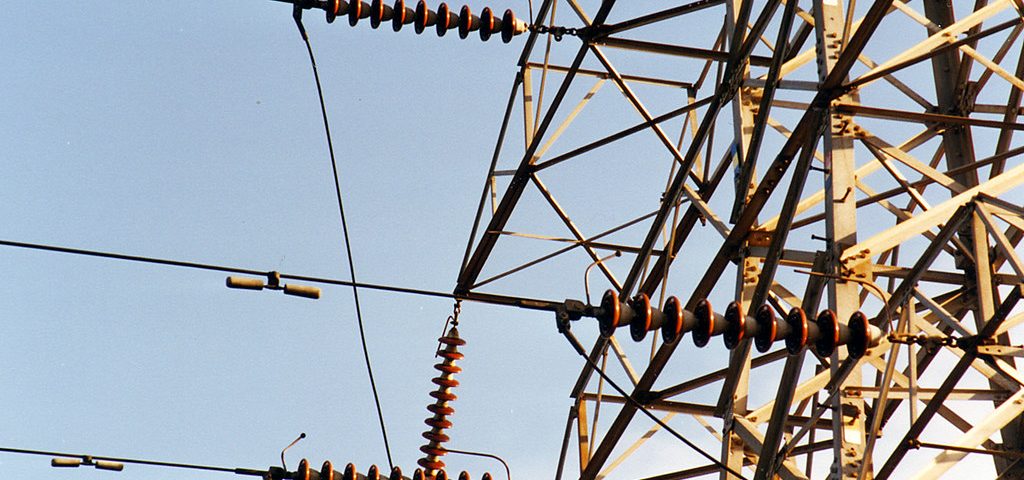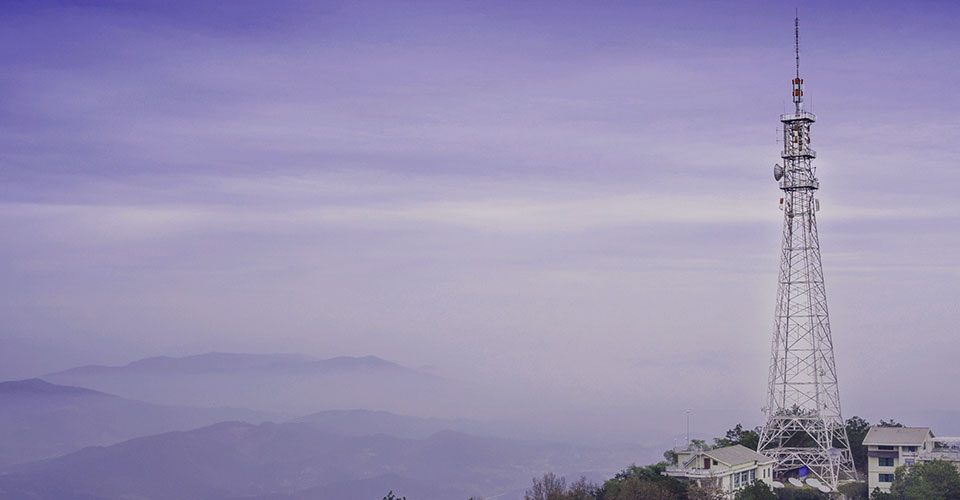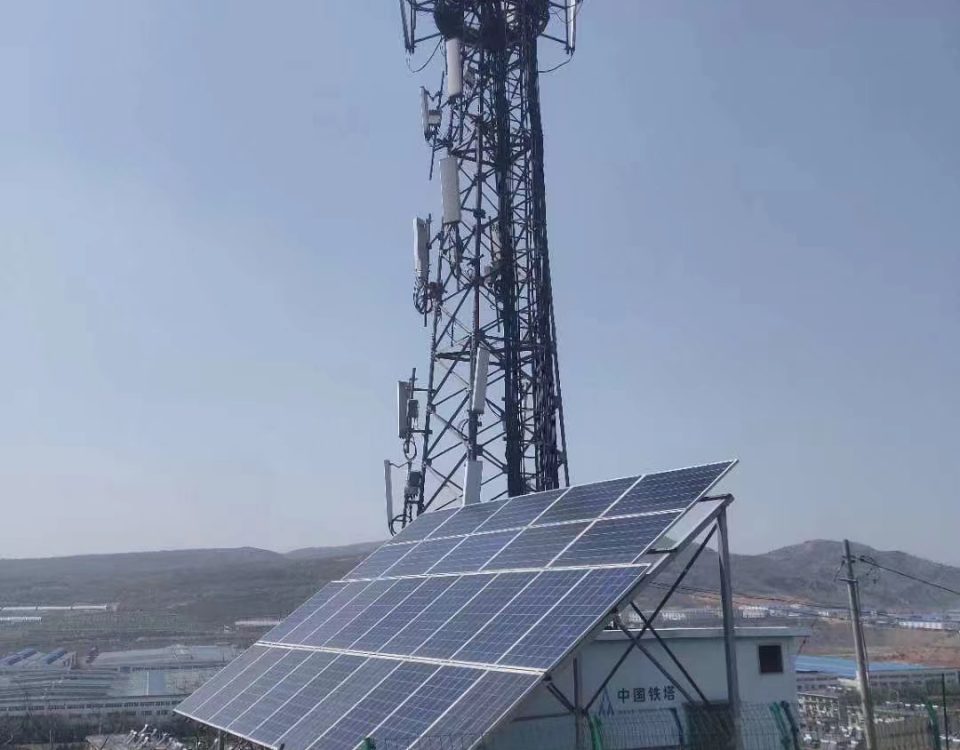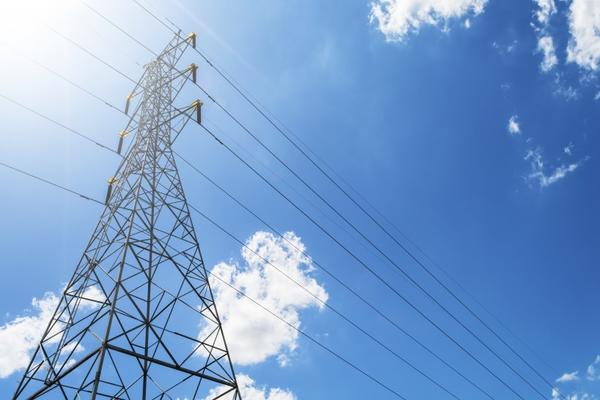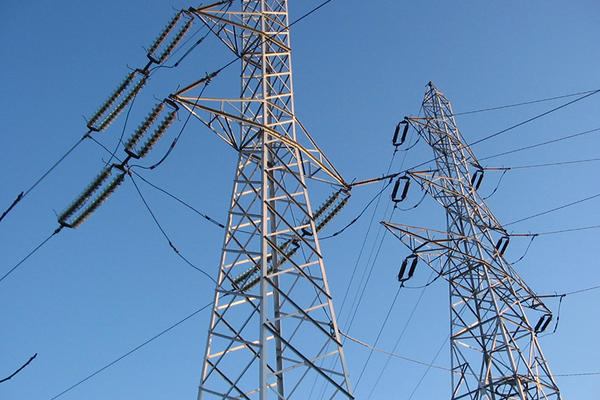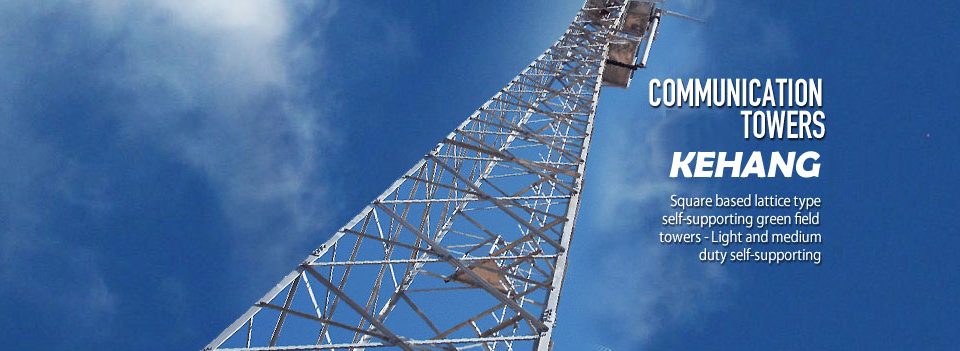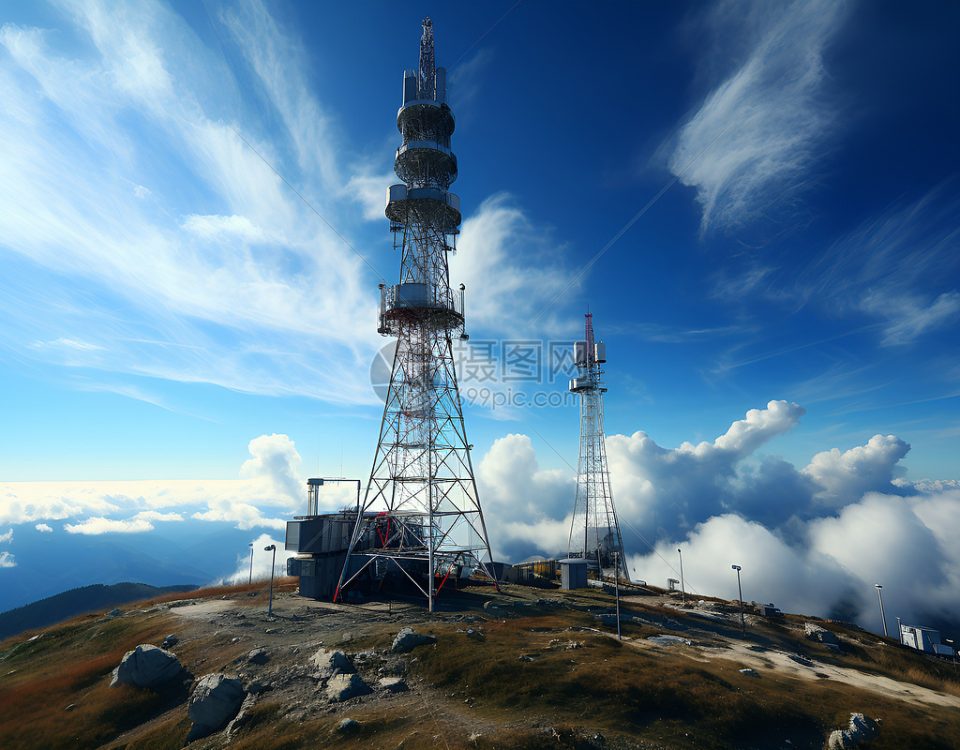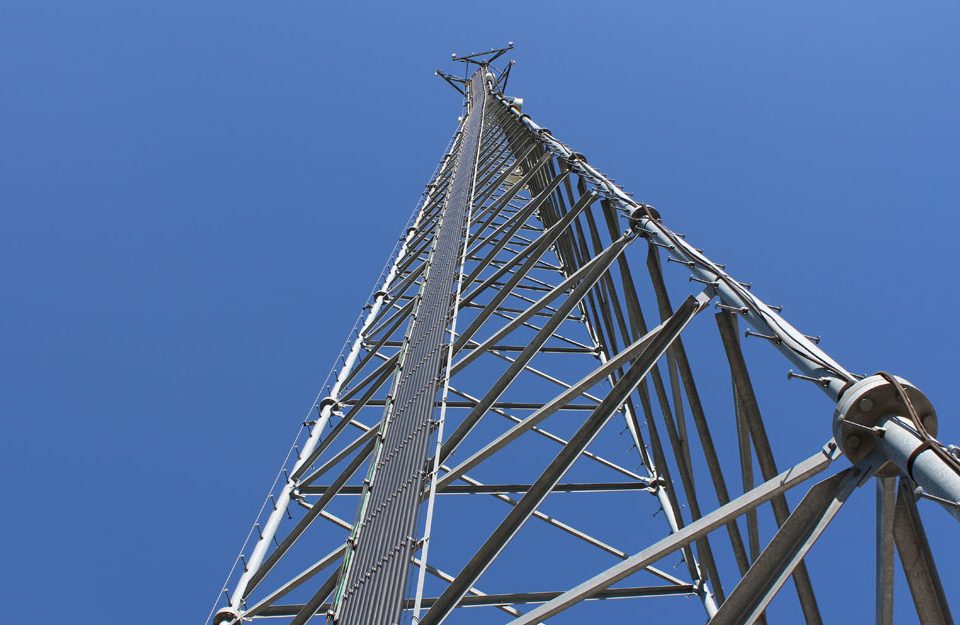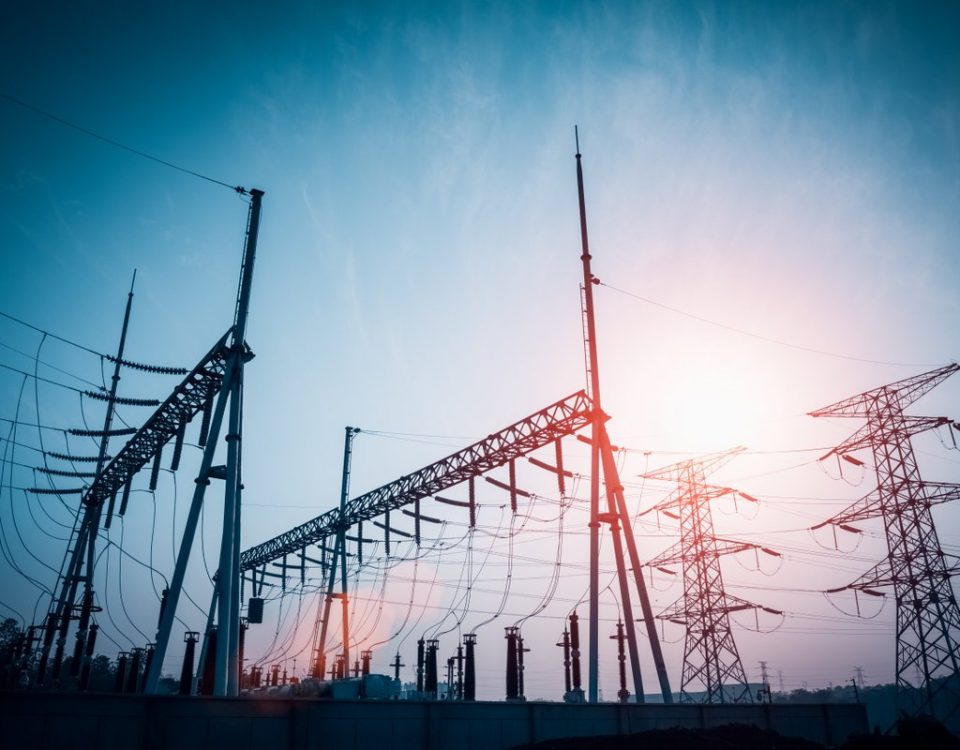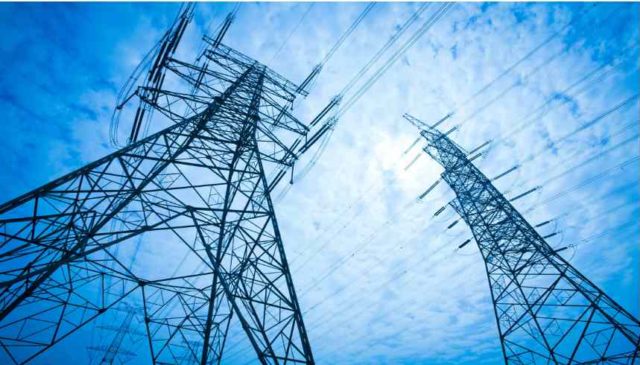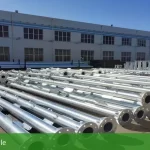
Jielian Steel Tower Introduction
May 27, 2024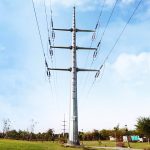
Monopole Galvanized Steel Power Transmission Tower
June 1, 2024132kV power transmission towers – How are the load capacity and span length determined
Determining Load Capacity and Span Length for 132kV Power Transmission Towers
The design and engineering of 132kV power transmission towers require careful consideration of various factors to ensure they can support the electrical conductors and withstand environmental forces. Here’s an overview of how the load capacity and span length are determined:
Load Capacity
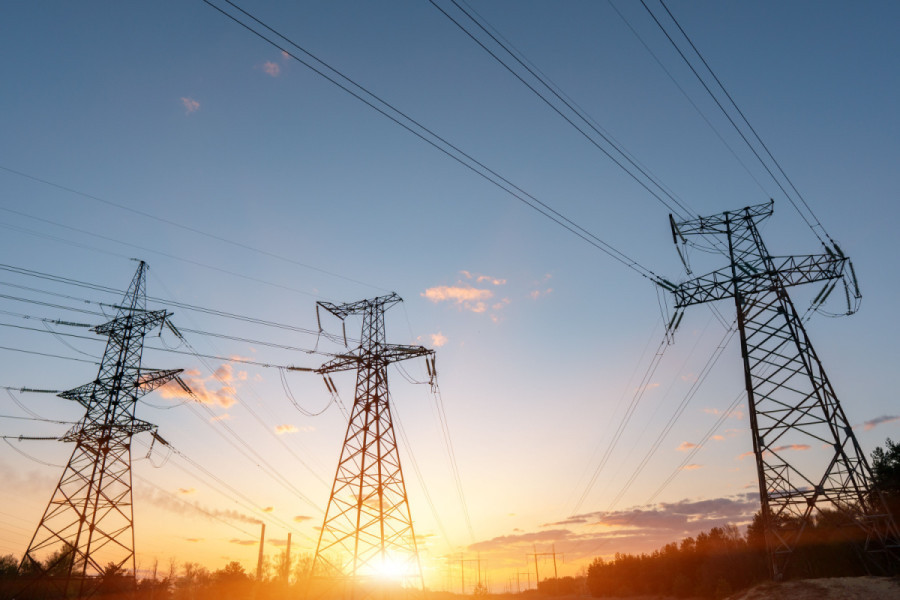
The load capacity of a transmission tower refers to its ability to support the weight and forces exerted by the conductors, insulators, and other components, as well as external forces like wind and ice. The load capacity is determined through a combination of engineering principles, material properties, and safety factors.
- Conductor Loads:
- Weight of Conductors: The total weight of the conductors, including the weight of the wires and insulators.
- Tension in Conductors: The horizontal and vertical forces exerted by the tension in the conductors.
- Sag: The sag of the conductors between towers, which affects the vertical load.
- Environmental Loads:
- Wind Load: The force exerted by wind on the conductors, tower structure, and insulators. Wind load is calculated using wind speed, the exposed surface area, and drag coefficients.
- Ice Load: The additional weight from ice accumulation on the conductors and tower. Ice load is determined based on the expected ice thickness and density.
- Seismic Load: In earthquake-prone areas, the potential forces exerted by seismic activity must be considered.
- Structural Loads:
- Dead Load: The weight of the tower itself and all attached components.
- Live Load: Temporary loads during construction or maintenance.
- Safety Factors: Engineering standards incorporate safety factors to account for uncertainties and ensure the tower can withstand loads beyond the expected maximum. These factors typically range from 1.5 to 2.5 times the calculated loads.
- Material Properties: The strength and flexibility of the galvanized steel used for the tower, including its yield strength, ultimate tensile strength, and elasticity.
- Load Combinations: Different load scenarios are considered, such as maximum wind load combined with ice load, to ensure the tower’s structural integrity under various conditions.
Transmission Line Steel Tower & Substation Structure- Goods description and major parameters
At [hengshui jielian steel tower company], we pride ourselves on our exceptional production capabilities in the field of transmission line steel towers and substation structures. Our extensive experience and robust infrastructure enable us to deliver high-quality, reliable products that meet the stringent demands of the power transmission industry.
| No. | Description | Detailed Specification and Major design Parameters |
| 1 | Design Code | 1. Chinese National Standard:
a. DL/T 5154-2002 Technical Regulation of Design For Tower and Pole Structures of Overhead Transmission Line b. DL/T 5219-2005 Technical Regulation for Designing Foundation of Overhead Transmission Line 2. American Standard: a. ASCE 10-97-2000 Design of Latticed Steel Transmission Structures b. ACI 318-02 Building Code Requirement for Structure Concrete |
| 2 | Design Software | PLS and MS Tower, SAP2000, AutoCAD, STW, TWsolid, SLCAD etc |
| 3 | Design Loading | As per requirement and specification by Clients worldwide. |
| 4 | Load test/destructive test | We can arrange it by Government authority if it is necessary and the cost of such kind of test is separately from the tower pricing. |
| 5 | Voltage | 33KV, 66/69KV, 110KV, 220KV/230KV, 330KV, 380/400KV, 500KV, 750KV, 800KV, 1000KV Transmission Line |
| 6 | Hot-dip galvanization | ISO 1461-2009, ASTM A123 |
| 7 | Steel Grade | 1. High strength low alloy structural steel: Q420B which is equivalent with ASTM Gr60
2. High strength low alloy structural steels: Q355B which is equivalent with ASTM Gr50 or S355JR 3. Carbon Structural Steel: Q235B which is equivalent with ASTM A36 or S235JR |
| 8 | Bolts and Nuts | Mainly ISO 898 grade 6.8 and 8.8 bolts for Both Chinese, ISO and DIN standard |
| 9 | Tower Type | Angular Towers, Tubular Towers, Guyed Mast, Monopole Tower |
| 10 | Tower Type | Suspension Tower, Tension Tower, Dead Tower, Substation Structure |
| 11 | Warranty | Tower structures: 10 years |
| 12 | Return Period | 50 Years |
| 13 | Transportation | We are very close to the biggest port in the world which is our advantage for sea transportation. |
| 14 | Quality Control | Follow ISO 9001 system and strictly QC inspection for raw material, prototype assembly test, galvanization test and pre-shipment inspection for the both quantity and quality
We treat the quality first and 100% inspection ratio. |
Span Length
The span length refers to the distance between two consecutive towers. Determining the appropriate span length involves balancing engineering constraints, economic considerations, and environmental factors.
- Electrical Considerations:
- Conductor Sag: The sag of the conductors must be within permissible limits to avoid excessive tension or clearance issues.
- Electrical Clearances: Ensuring adequate clearance between conductors and the ground, structures, vegetation, and other conductors to prevent arcing and ensure safety.
- Mechanical Considerations:
- Tower Strength: The load capacity of the towers at each end of the span must be sufficient to support the weight and tension of the conductors.
- Conductor Tension: The tension in the conductors must be controlled to prevent excessive sag or snapping.
- Environmental Factors:
- Terrain: The topography of the land affects the span length. Hilly or uneven terrain may require shorter spans, while flat terrain can accommodate longer spans.
- Wind and Ice Conditions: Areas with high wind speeds or heavy ice loads may necessitate shorter spans to reduce the load on each tower.
- Economic Considerations:
- Material Costs: Longer spans reduce the number of towers needed, which can lower material and construction costs.
- Maintenance: Longer spans may increase conductor sag over time, requiring more frequent maintenance.
- Regulatory and Safety Standards: Compliance with local, national, and international standards and regulations governing the design and construction of power transmission lines.
Calculation Methods
- Finite Element Analysis (FEA): Computer simulations that model the tower’s response to various loads and conditions, allowing engineers to optimize the design for load capacity and span length.
- Empirical Formulas: Standardized formulas based on historical data and engineering principles used to calculate loads and spans.
- Field Testing: Physical testing of tower prototypes under controlled conditions to validate design calculations and ensure performance.
Conclusion
The determination of load capacity and span length for 132kV power transmission towers involves a complex interplay of engineering principles, material properties, environmental factors, and economic considerations. By carefully evaluating these factors, engineers can design towers that are both structurally sound and cost-effective, ensuring the reliable transmission of high-voltage electricity over long distances.

